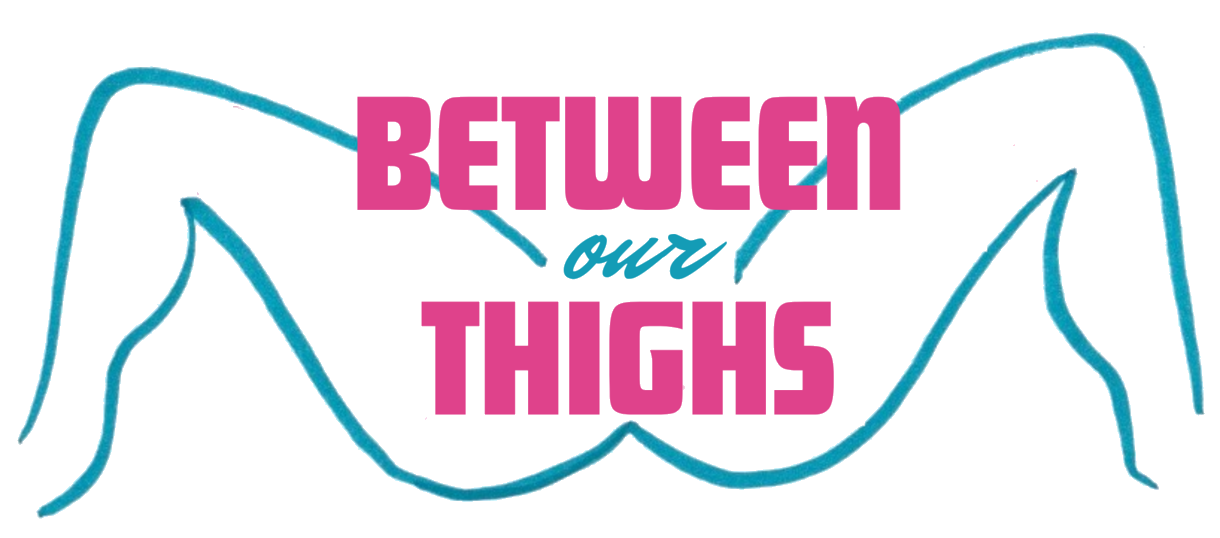Unpacking Toxic Masculinity: What Makes This Harmful Behaviour?
Men and masculinity — what does it mean to be a ‘real’ man*, to experience the ultimate sense of machismo? What’s more, what is the difference between masculinity vs. toxic masculinity? Are they the same or is there a genuine difference?
While masculinity in society today is heavily shaped by centuries of negative influences, it’s important to note that this does not mean folks identifying as men have no control over their thoughts and behaviours. Yes, everyone must acknowledge the effects of toxic masculinity and make a positive change, but it’s also essential for men to work on themselves. Thus, unpacking toxic masculinity and revealing it for the damaging influence that it is, is critical.
*Please note that in this article, the words masculine and feminine reference the mainstream, socially deemed ‘norms’ of the qualities or appearances traditionally associated with men vs. women (because, in this context, they contrast and ‘oppose’ one another). Similarly, our use of the words man and woman references the dichotomous bi-gender norms. We do not believe that these words are so easily defined, nor that humans exist only on the gender binary.
A man’s identity is not reliant on toxic masculinity
No, brushing off toxic behaviours by saying “boys will be boys” does not make things any better. With a sex-positive education and nurturing children from the get-go with compassion, it becomes clear that this perspective isn’t a male’s default. This behaviour and these beliefs are learned.
Polarizing two gender ‘norms’ is detrimental
Identifying as any gender does not make a person any better or worse than another. When considering the gender binary, it’s clear that toxic masculinity has led to women and queer folx being negatively affected (and, thus, everyone should be a feminist).
That said, a man is not any ‘less’ of a man if he strives for a balanced relationship and a healthy relationship, enjoys building intimacy without sex, performs acts of service to his partner, or if he prefers mindful sex.
‘Femininity’ isn’t shameful
Being nurturing, loving, emotional, and ‘soft’ isn’t bad; certain situations call for this while others call for resilience and strength (which both men and women can convey). A man has every right to be a hopeless romantic or to speak openly about his mental health. He can — and he should — dedicate time to self-love and self-care, including practising self-love exercises.
Men are not inherently stronger than women
Being a man does not make someone emotionally or physically stronger than the average woman. ‘Maleness’ is not dependent on these things; talking to people about your needs and fostering open communication is vital for anyone.
Violence doesn’t equate to power
One of the unfortunate examples of toxic masculinity we so often see is the association of violence with being a man. Between males, we see this manifest as brawls and exaggerated displays of aggression. Against women, we often see this as ignoring refusal of consent and forcing women to fear their safety while dating.
Queer men are often left out of the conversation
Yet another one of the effects of toxic masculinity? The queer community, mainly those not adhering to the strict definition of amplified ‘masculinity,’ are left outside the ‘classification’ of being a man even when they self-identify as one. To be a true LGBTQ2S+ ally, there is no room for machismo.
Redefining ‘male’ traits can be life-changing
It’s not just society that these perspectives are damaging; it’s the men experiencing it, too. The feeling that you cannot fit into a box or fearing that this failure will make others view you as less important or worthy than other men can be incredibly damaging to one’s mental health. In turn, it forces a person to push these false ideals even further.
While there seems to be a never-ending list of examples of toxic masculinity, the fact is, the push for men to adopt and emulate a machismo air about them is detrimental to society as a whole. It’s not just the fact that it often fosters a sense of slut-shaming, belittlement, distrust, and overall disrespect for women and the LBGTQ2S+ community; it serves to create a self-hate and fear within the man himself, as he cannot live up to these toxic principles. Men and masculinity, as we have been taught to view them, are not meant to fit into strict definitions. They’re especially not intended to be defined by things that make the individual or those around them miserable.
If you’d like to learn even more about the effects of toxic masculinity and how the seeming enforcement of a machismo attitude has negatively influenced men around the world, we highly recommend listening to this TED Talk by Justin Baldoni.
What are some examples of toxic masculinity you’ve witnessed? Do you think there is a healthy way for men and masculinity to co-exist? Let us know your thoughts in the comments below.




